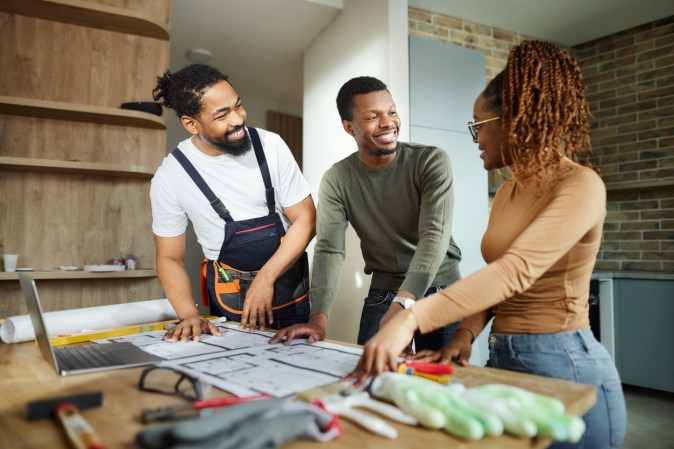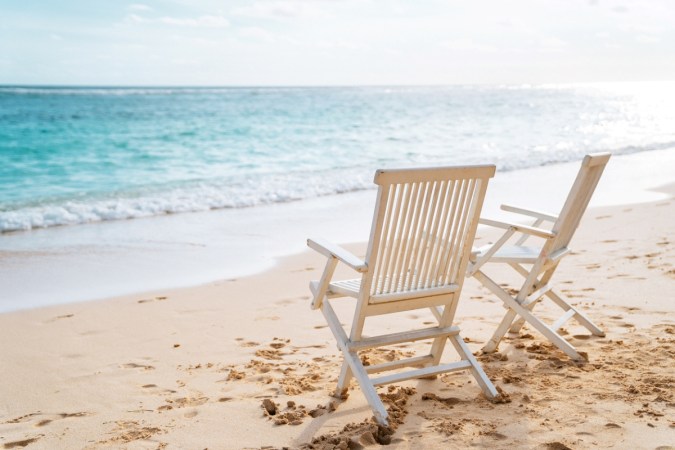We may earn revenue from the products available on this page and participate in affiliate programs. Learn More ›
Many Americans are earnestly searching for ways to reduce their carbon footprint and achieve a healthier lifestyle. Those who are especially eco-eager may want to consider moving to one of the many cities in the United States where it’s just easier being “green.”
Fortunately, many trusted organizations have done the legwork for you, weighing factors like the number of parks and open spaces, safe and easily accessible bike lanes, the availability and usage of public transportation, recycling and waste-reduction programs, municipal initiatives to use and promote renewable energy sources, and the prevalence of environmentally certified building practices.
In 2021, according to the Environmental Protection Agency, the commercial and residential sector accounted for roughly 30 percent of greenhouse gas emissions. This figure includes fossil fuels burned for heat and the use of gases for refrigeration and cooling, as well as emissions created in the handling of waste. With the residential and commercial sector responsible for such a healthy chunk of emissions, sustained, coordinated citywide efforts can play a big role in moving the emissions needle. Cities that take the greener path can support and amplify residents’ individual choices, making it easier for everyone to become part of the climate solution.
The cities that appear below have made a commitment to greener living. This list of the 15 greenest large cities in the U.S., ranked in order of eco-friendliness, is derived from a 2023 study by the personal finance website WalletHub of the greenest large cities in the nation. Not surprisingly, California cities are well represented here, as the Golden State has been a leader in environmental legislation.
1. San Diego, California
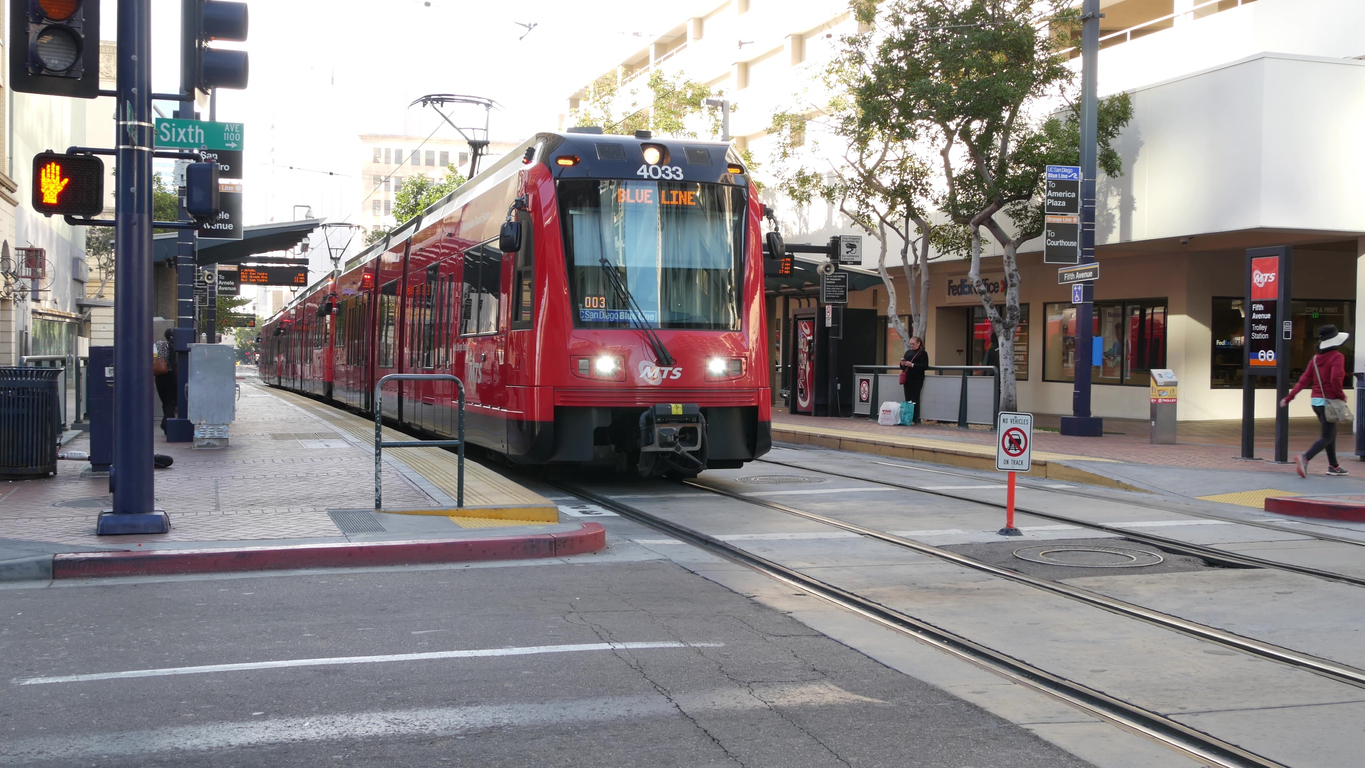
Sunny San Diego was ranked the greenest city in this year’s WalletHub survey, based largely on its civic commitment to renewable energy sources, green building initiatives, and recycling efforts. The city has set the ambitious goal of reaching net zero emissions by 2035, which will entail getting half of commuters walking, biking, or taking public transport to work. Unfortunately, so far the city is falling a bit short, with about 13 percent of commuters ditching the car as of 2021.
2. Honolulu, Hawaii
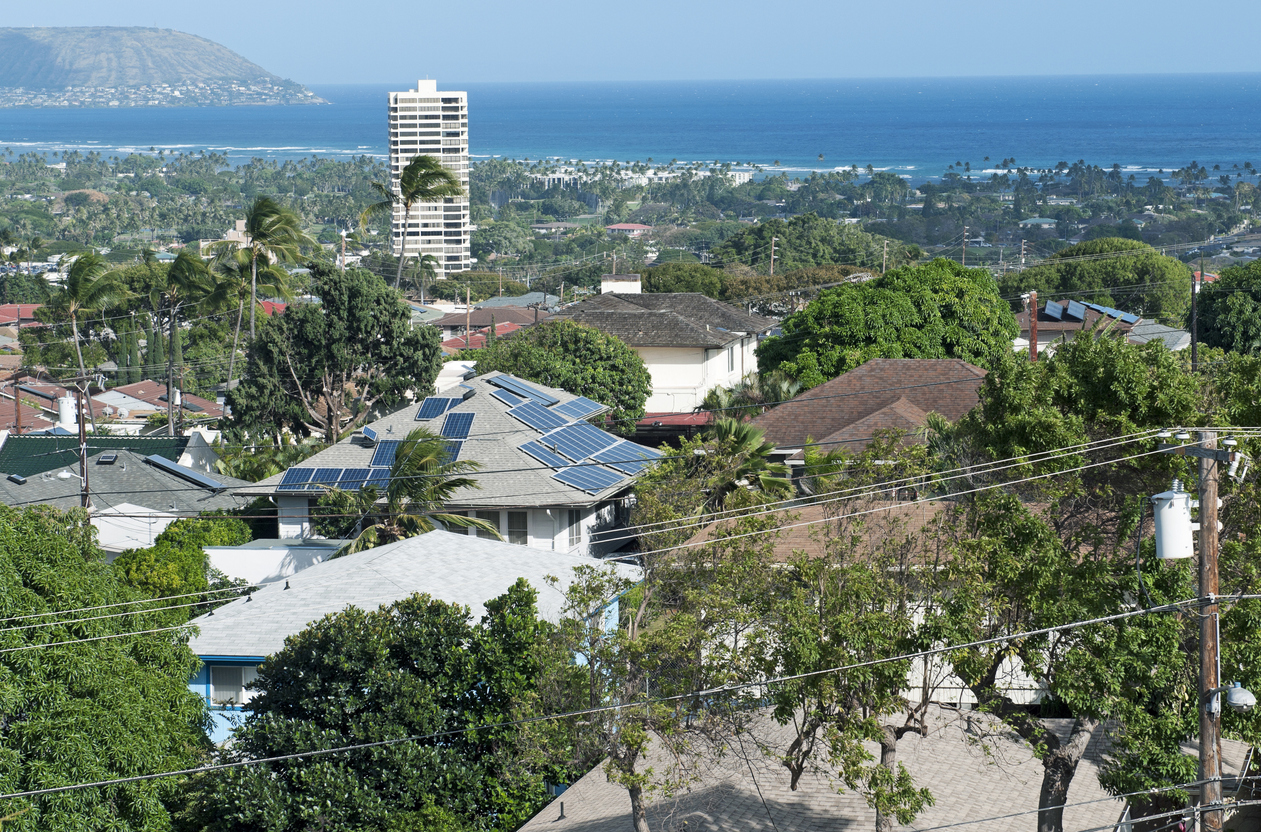
Honolulu offers a large number of eco-friendly hotels, ties for first place in the percentage of green space per capita, and boasts the highest number of solar installations per capita in the United States. The city is a leader in zero-waste policies and recycling, works hard to keep polystyrene and other plastics out of the ocean, and has a great bike-sharing program.
3. Portland, Oregon
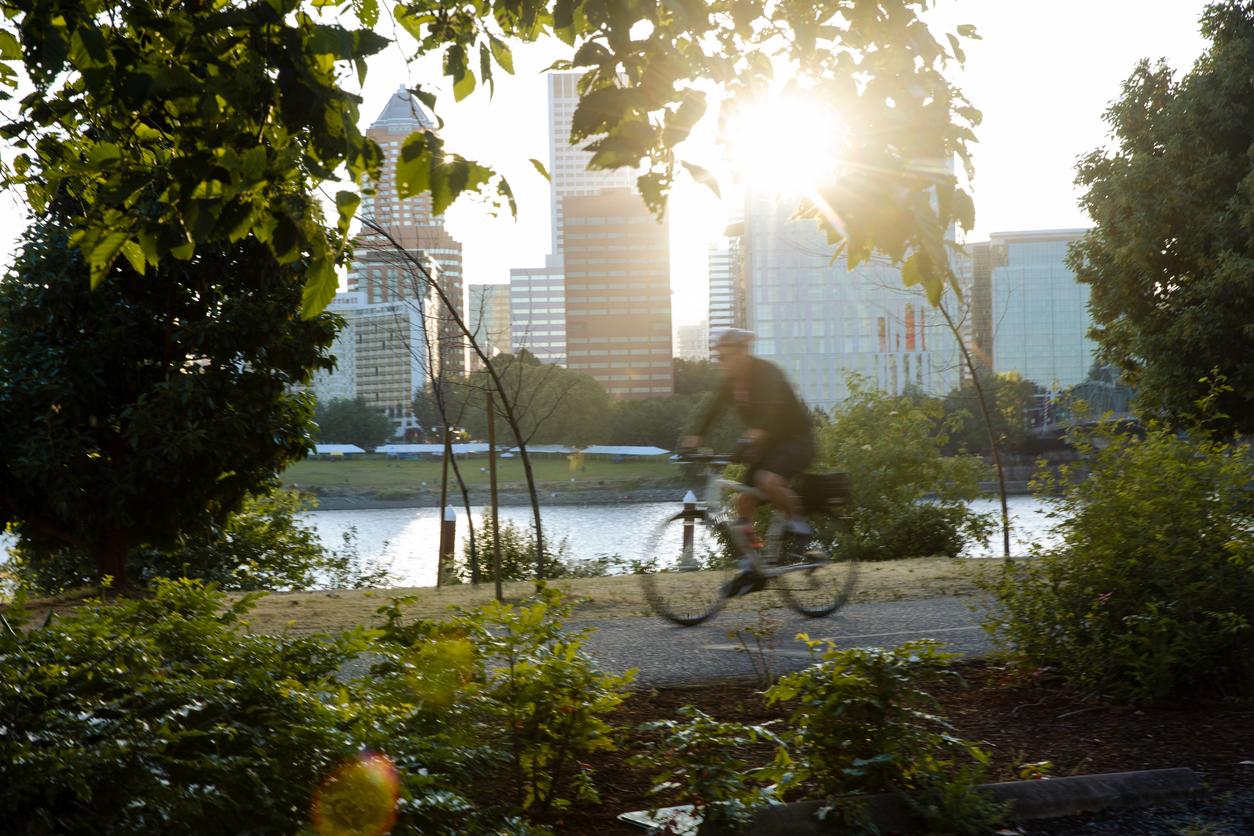
Outdoor lifestyle enthusiasts flock to Portland with good reason: The city encompasses more than 12,000 acres of green space that includes nearly 300 public parks that host hundreds of farmers’ markets every year. The city consistently ranks one of the top cities with the highest number of environmentally certified buildings per capita in the country. It also has close to 400 miles of bikeways and frequently tops lists of cities with the most bike commuters.
RELATED: 10 Innovative Materials Poised to Make Home Building More Sustainable
4. Washington, D.C.
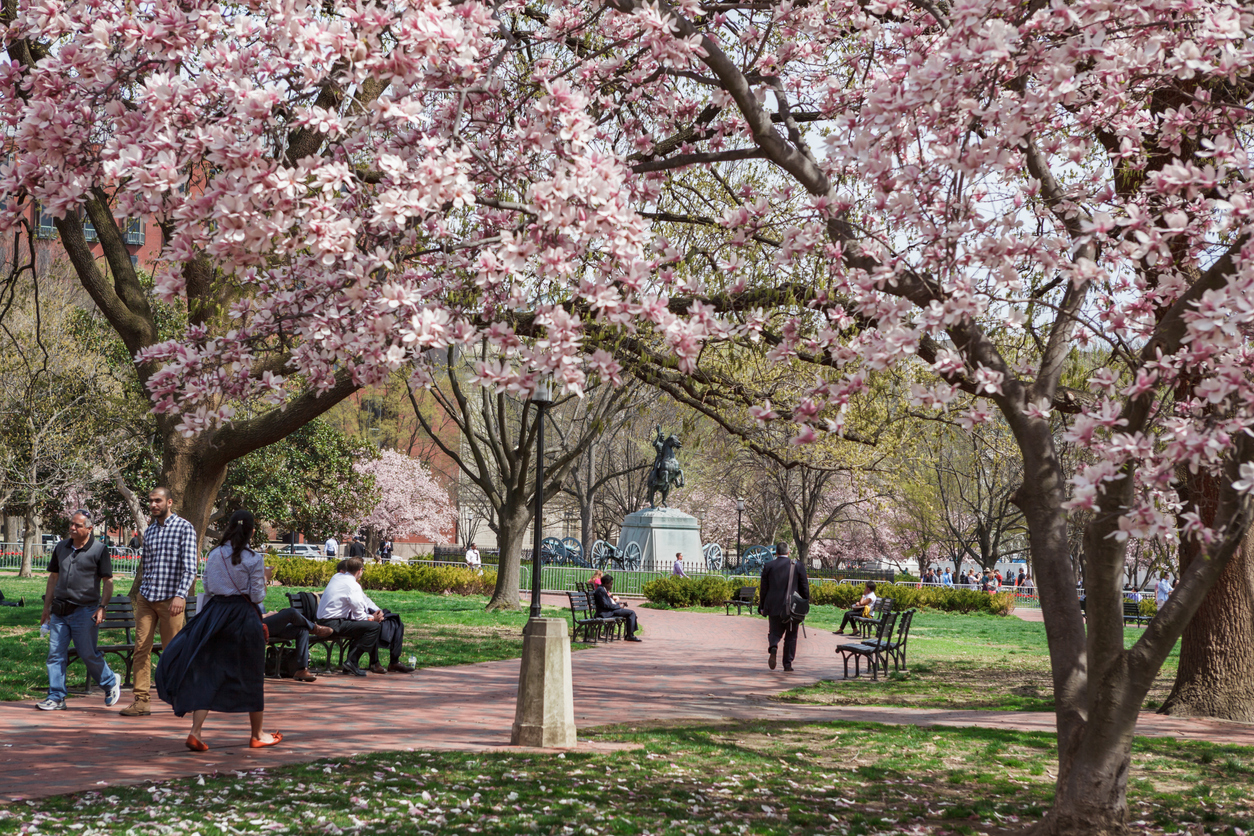
The greater metropolitan area of our nation’s capital boasts more than 250,000 acres of public parkland, and much of it is easily accessible on the city’s first-rate subways and buses. Public transit ridership is rebounding after COVID-19, although it still hovers at around 10 to 15 percent of commuters. The city is also a leader in providing space for pedestrians, both commuters and tourists. According to the U.S. Green Building Council, D.C. continues to lead the nation in the number of square feet of LEED-certified space per capita.
5. Seattle, Washington
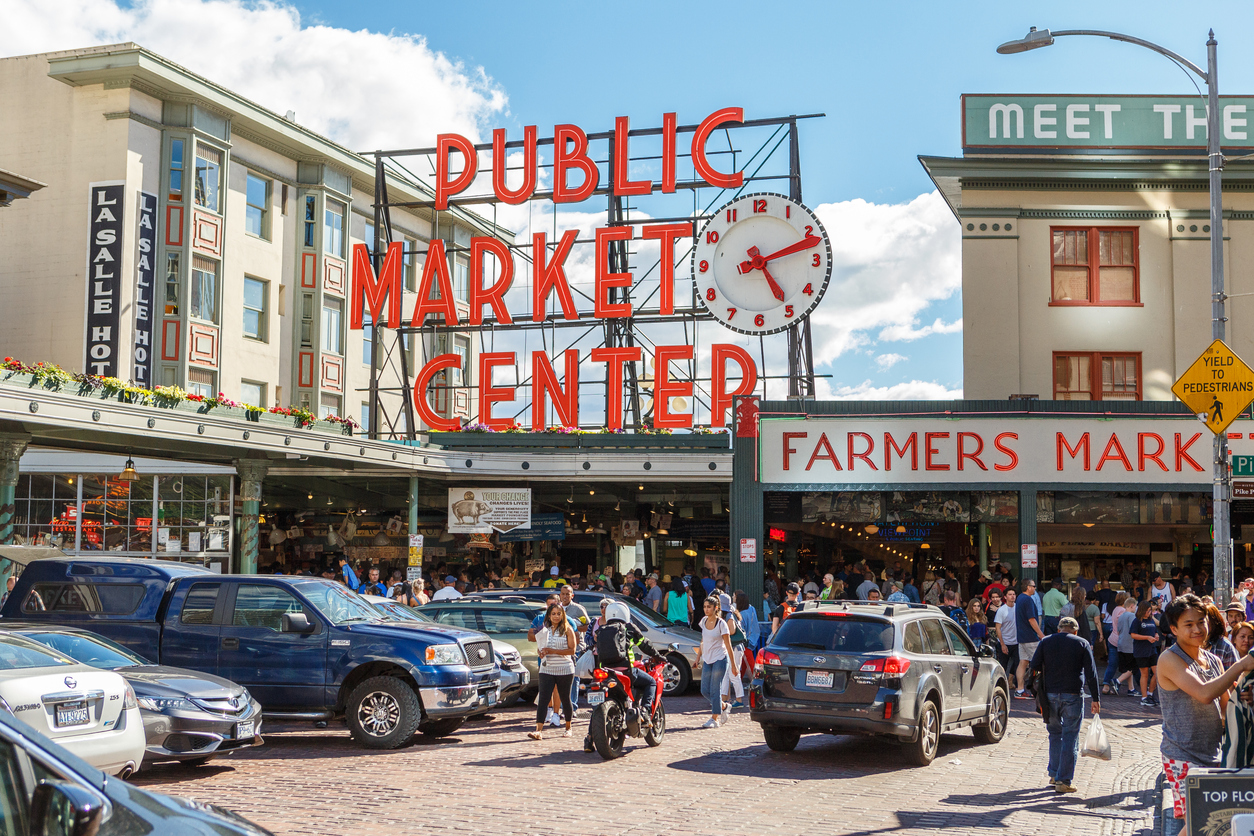
The Emerald City is a haven for outdoorsy types, with a high percentage of commuters who walk or bike to work, and it lives up to its moniker with a well-funded park system that puts 99 percent of residents within a half mile of a park. The city debuted the first carbon-neutral electric utility and in 2013 forged its own Climate Action Plan. Seattle also recycles or composts more than half of its waste stream, although the percentage has fallen slightly in recent years.
6. San Jose, California
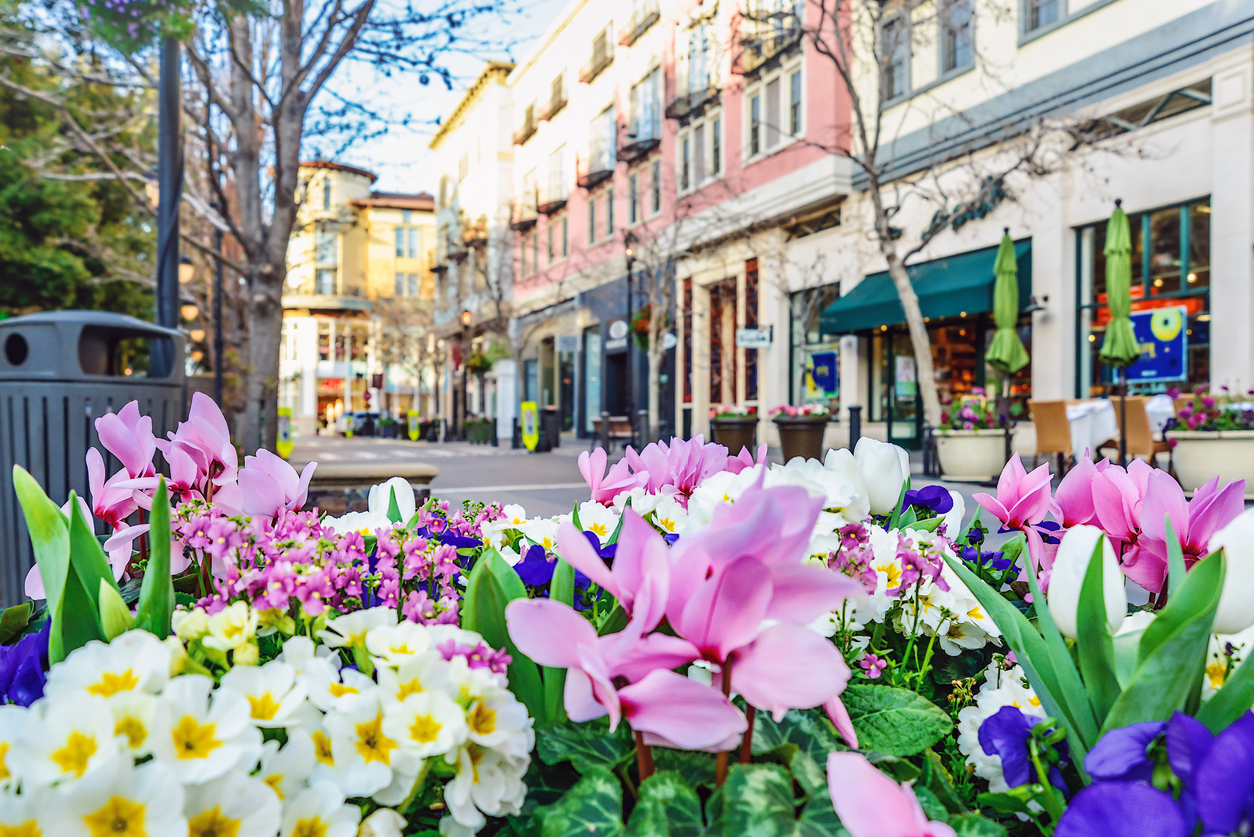
The city’s push toward renewable energy is the primary reason for San Jose’s high ranking on this list of the greenest cities in the country. Its not-for-profit electricity provider aims to deliver 100 percent carbon-neutral power to all customers by 2030. Equally ambitious are plans to reduce the number of drive-alone commutes to 40 percent by the year 2040. The city has also taken steps to preserve green space and is implementing an aggressive greenhouse gas reduction strategy.
7. San Francisco, California
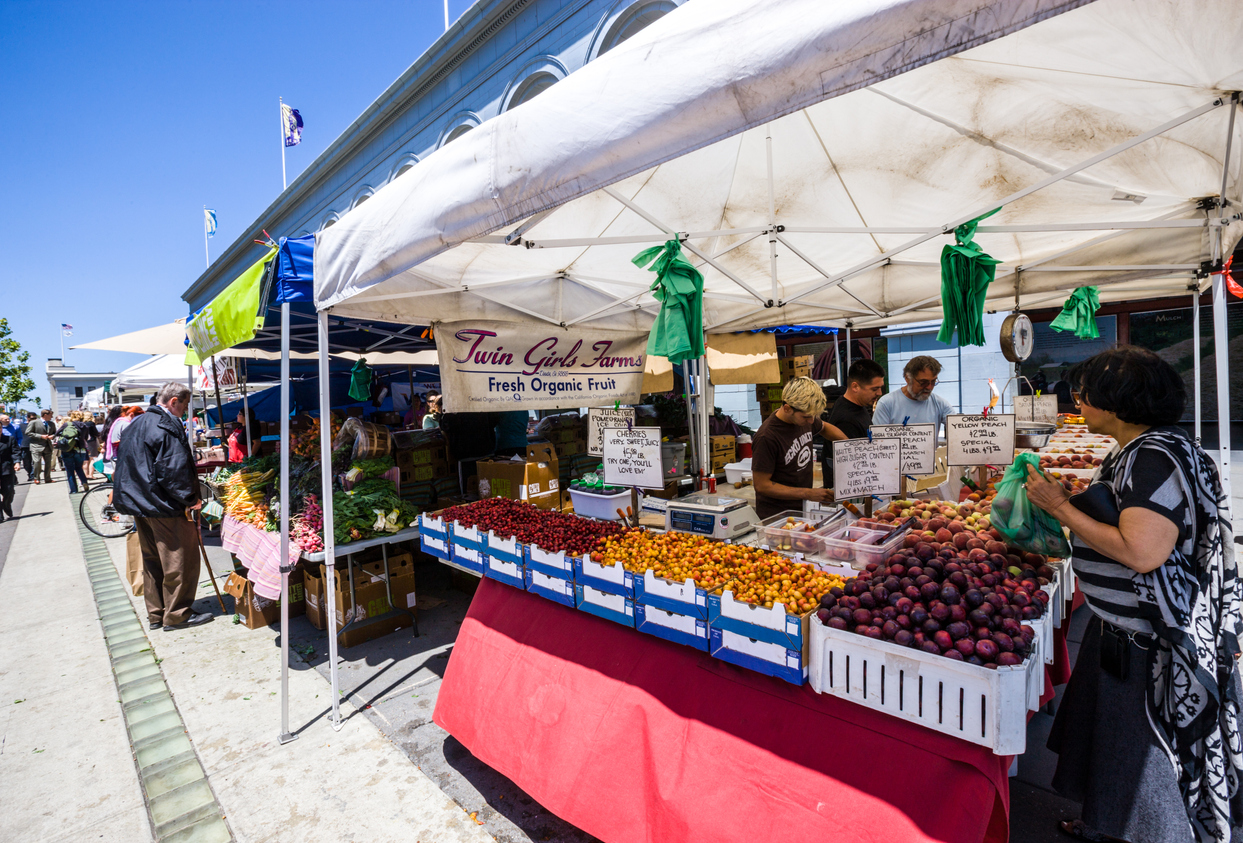
The City by the Bay’s position at number seven is a result of its zero-emission bus and light rail systems, robust recycling programs, higher-than-average solar panel usage—AT&T Park was the first Major League ballpark in the country to install solar panels—and a high number of certified green buildings. Like many cities in California, San Francisco also boasts numerous farmers markets and community gardens.
8. Oakland, California
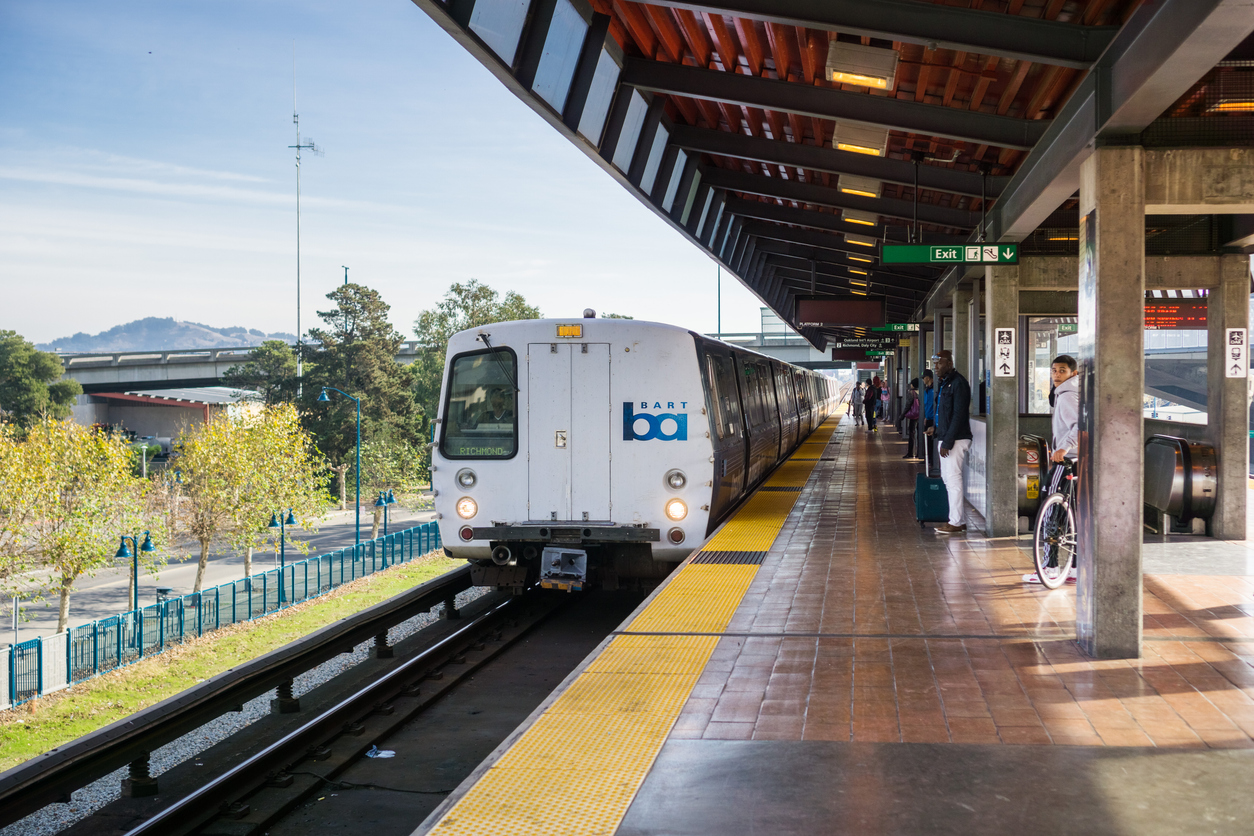
With the goal of reaching carbon neutrality by the year 2045, the city of Oakland is working to reduce greenhouse gas emissions and embark on “deep decarbonization” of the building and transportation sectors. While this goal is ambitious, the city has already made significant strides. Oakland reduced greenhouse gas emissions by 14 percent between 2005 and 2013, installed 979 new solar photovoltaic systems in 2016, and has become a leader in the construction of certified green buildings. The city is also committed to being more sustainable by encouraging its residents to walk, bike, or take public transportation when commuting.
9. Fremont, California
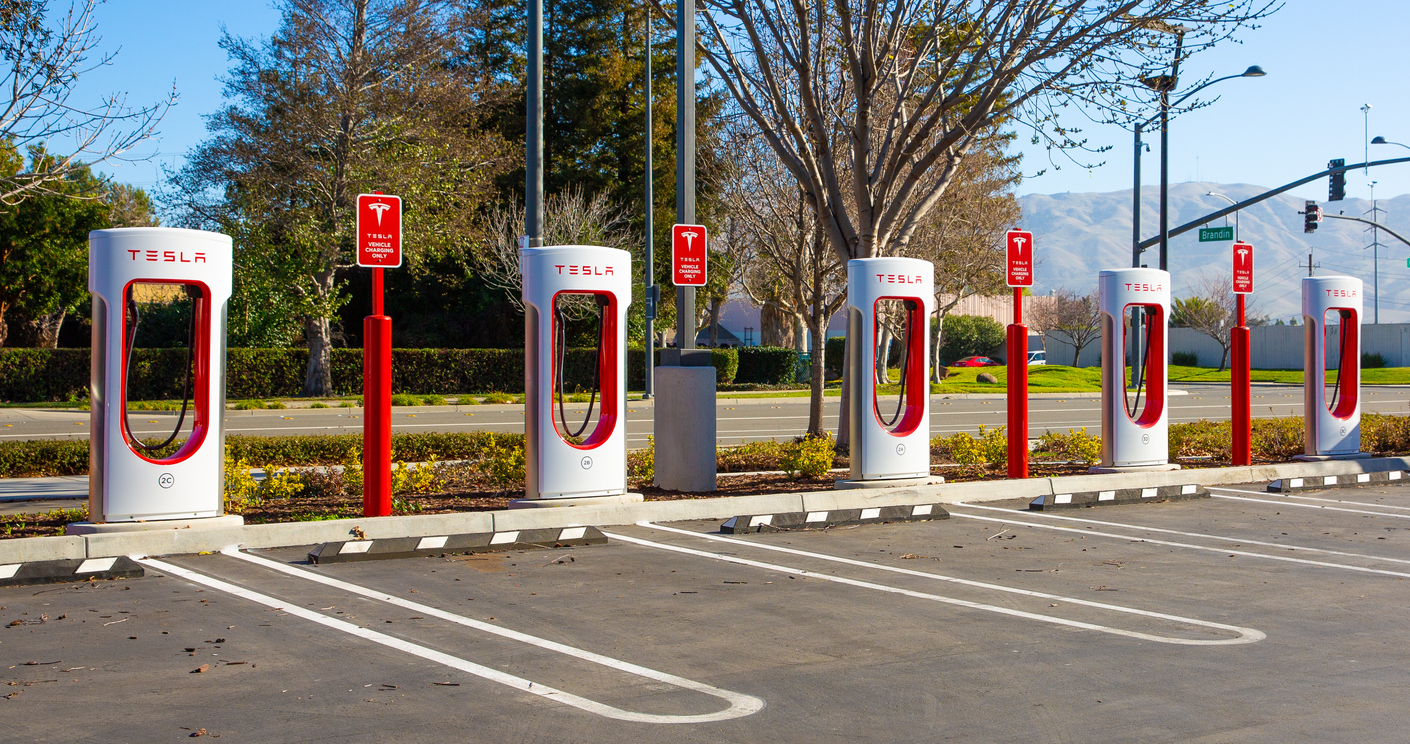
Fremont’s high ranking stems from its efforts to address climate change. In 2012, the Bay Area city adopted its first Carbon Neutrality Resolution, with the goal of reducing its greenhouse gas emissions by 55 percent by 2030 and attaining long-term carbon neutrality by 2045. A local, not-for-profit provider offers cleaner, renewable energy, and the city encourages residents to invest in low- or no-emission vehicles, or to walk or bike to work. The city is incorporating more sustainable practices into its land use and planning efforts, focusing on transit-oriented development, improving pedestrian and bike lanes, and investing in electric vehicle charging infrastructure.
RELATED: 12 Surprising Pros and Cons of Electric Cars
10. Minneapolis, Minnesota
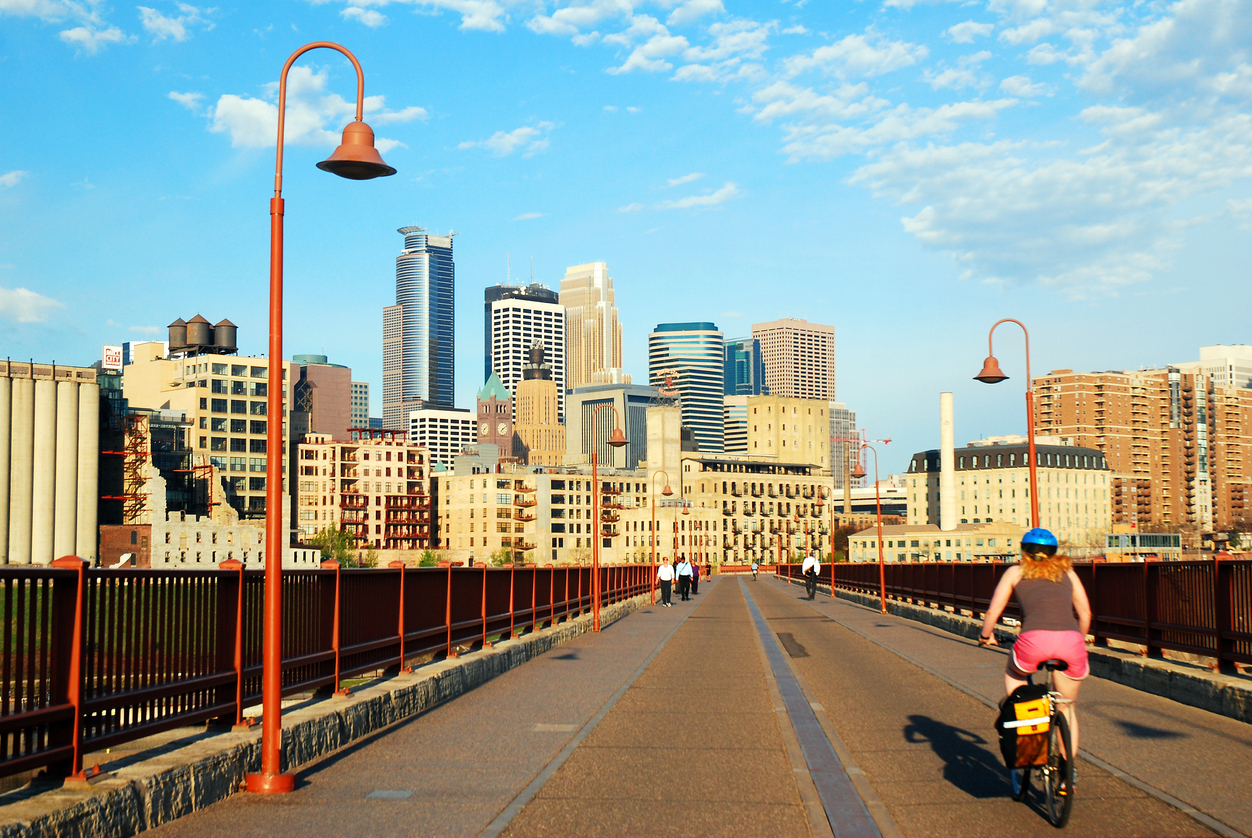
Coming in at number 10 of the greenest cities, Minneapolis is considered to be one of the most bike-friendly cities in America, with more than 200 miles of bike trails and a recently relaunched bike-sharing program. The city is also a leader in green public transportation—its bus fleet uses biodiesel fuel—and the city’s baseball stadium is the first ballpark to earn the highest LEED certification. Minneapolis is also ranked as having the second-best drinking water in the country.
11. Irvine, California
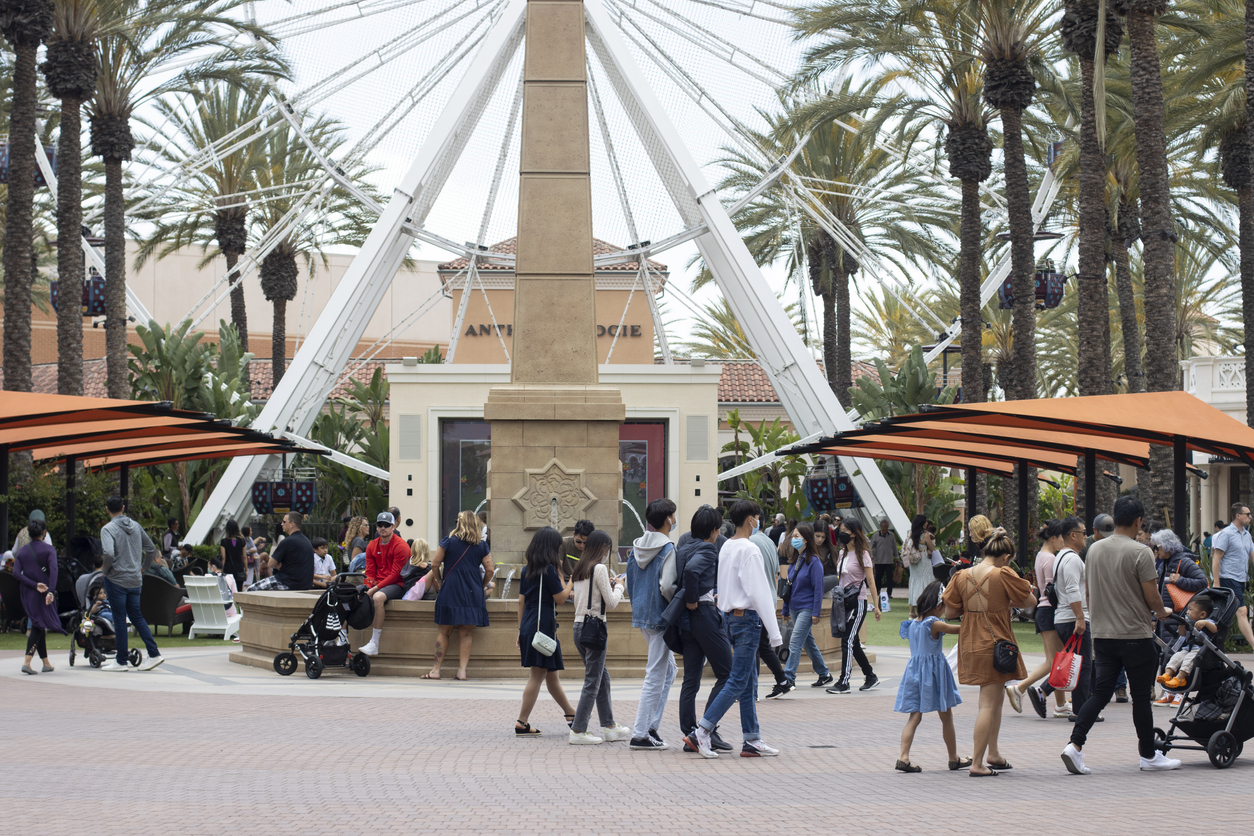
Irvine, California, has consistently held a prominent role as a leader in environmental policies and practices. The Irvine Build Green Program encourages the construction of healthier and more environmentally sensitive developments. In 2022, Irvine became the largest city in Orange County to pledge carbon neutrality, with a target year of 2030. And the city recently launched its Cool Irvine program, a grassroots initiative to educate and empower residents to explore innovative pathways to carbon neutrality.
RELATED: These Are the U.S. Towns Where People Live the Longest
12. Sacramento, California
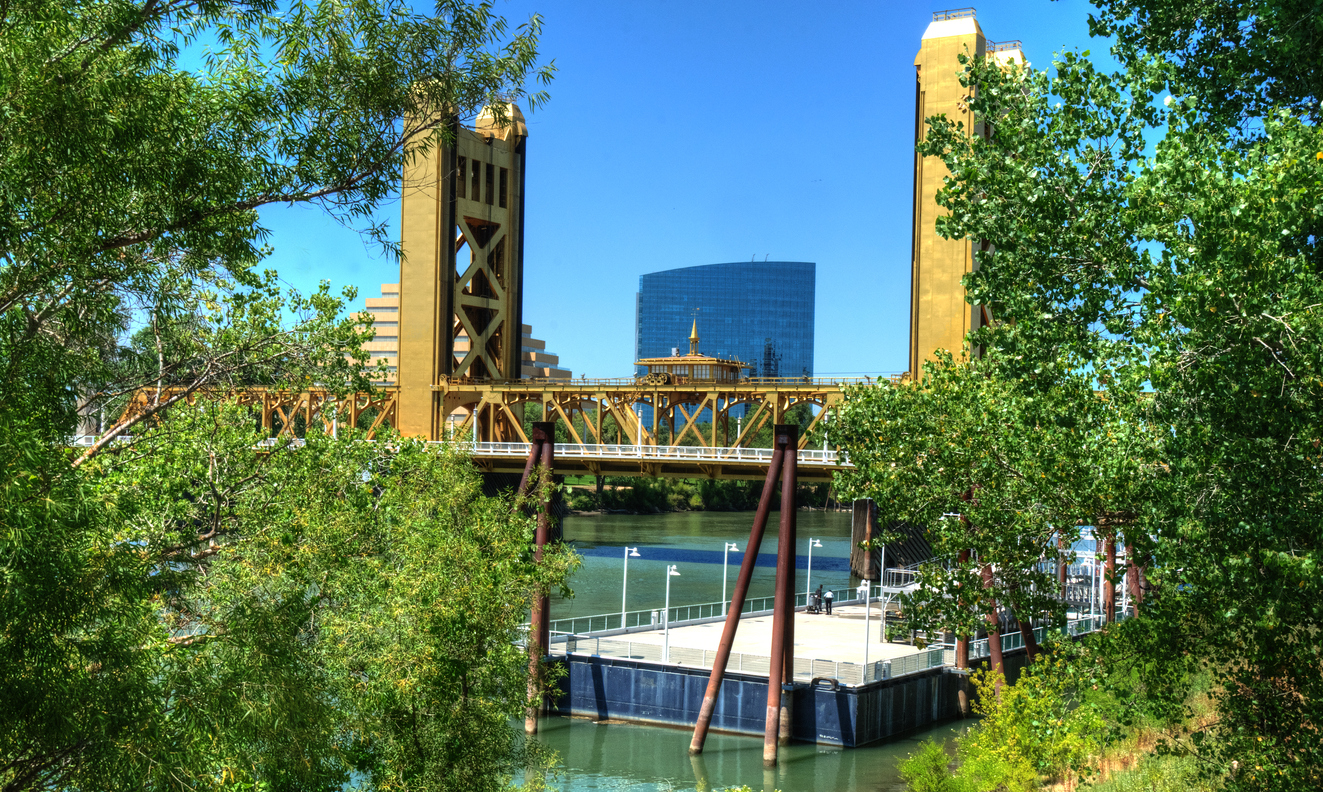
Sacramento’s nickname—the City of Trees—is well deserved: A 2017 MIT study found that Sacramento’s canopy of street trees is the densest in the U.S. But beyond greenery, Sacramento benefits from a wealth of climate action and sustainability initiatives.
With the goal of reaching carbon zero by 2045, Sacramento has secured funding for a transportation hub, pushed for the switch from gas to electric, and developed projects that will make it easier to walk, bike, and scoot through the city. In addition, the city is expanding car- and bike-share programs and improving its electric vehicle infrastructure. In early 2021, Sacramento launched its first Environmental Justice Collaborative Governance Committee, a community-based effort intended to inform and advise the city’s environmental efforts.
13. Denver, Colorado
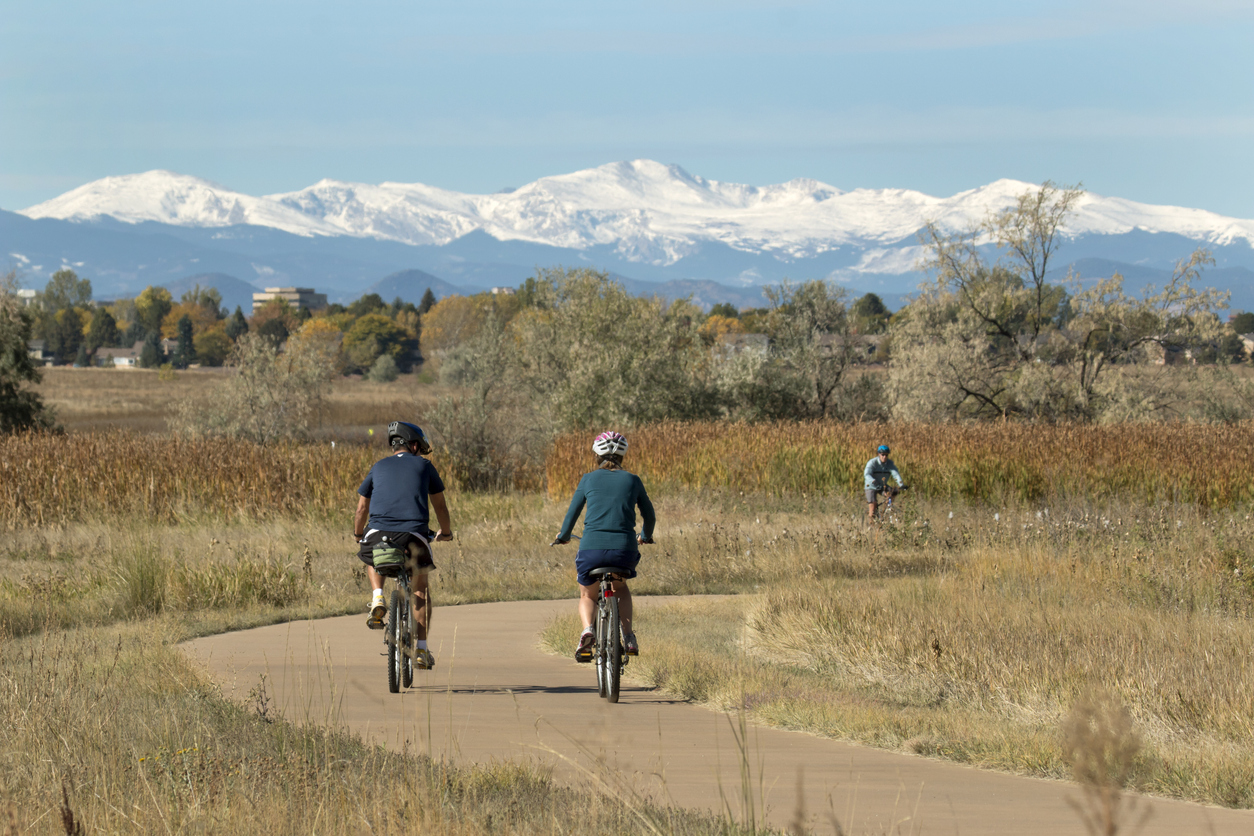
The Mile High City is home to one of the largest city park systems in the United States. Some 8 percent of the city is set aside as green space, and nearly 100 miles of hiking trails wind throughout.
The city’s pioneering bike-share program wound down in 2019 and has been replaced with a more expansive infrastructure that offers e-bikes and e-scooters, as well as traditional bikes. In 2022, the city began providing vouchers to encourage residents to purchase e-bikes and ditch their cars. These efforts, coupled with various initiatives to increase use of renewable energy, decrease energy consumption in single-family homes, and adopt greener building practices, are working toward an 80 percent carbon reduction by 2030.
14. Albuquerque, New Mexico
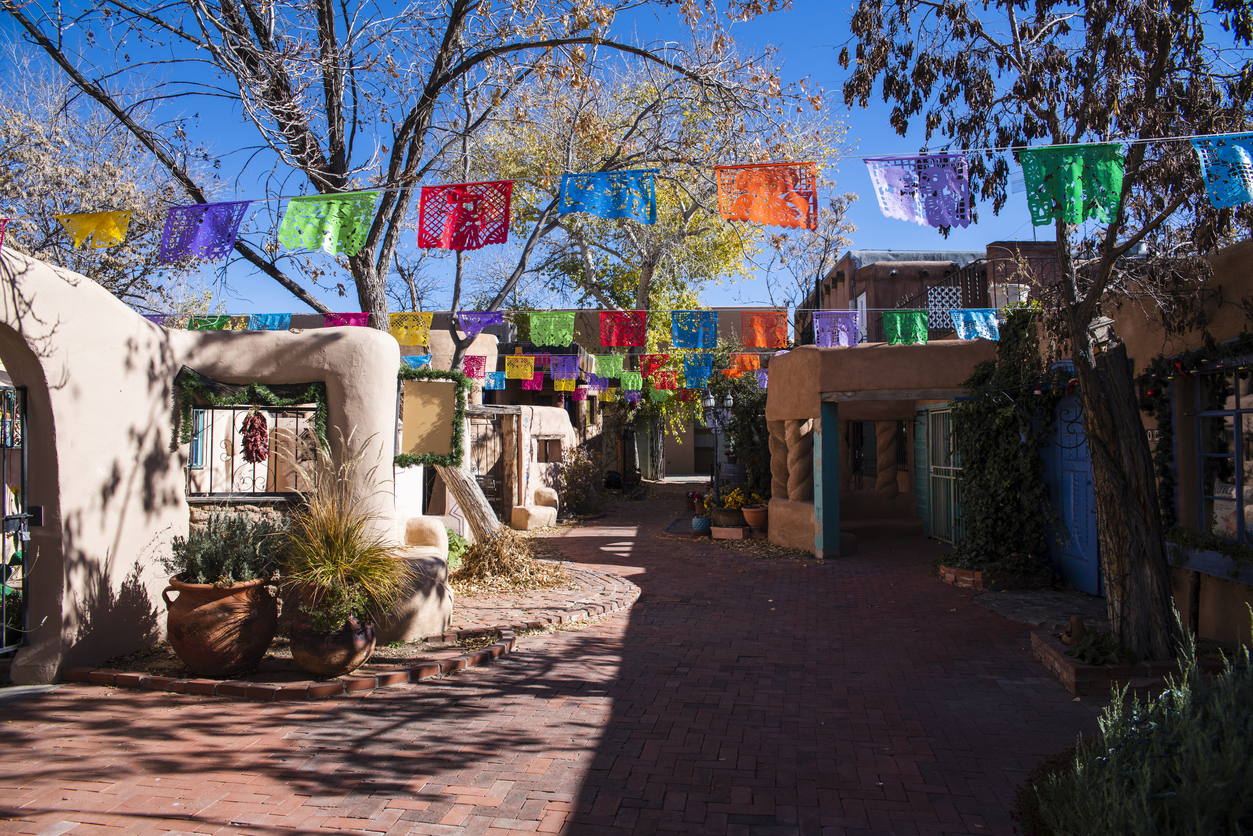
Albuquerque’s eco-friendly reputation rests heavily on the sun: The city consistently ranks among the top five in solar capacity per capita. Way back in 2010, Albuquerque hosted the very first solar-powered farmers market, and the city is poised to become a hub for the manufacture of solar panels.
15. Madison, Wisconsin
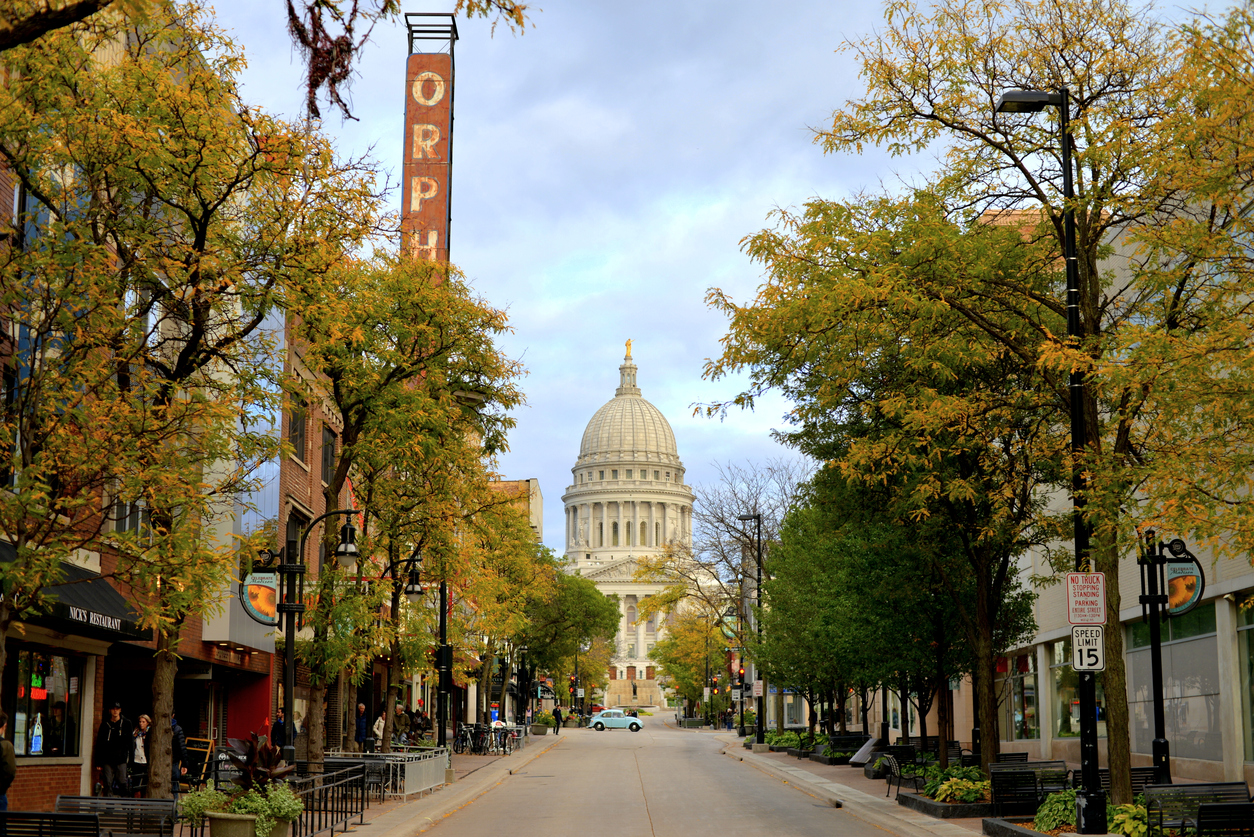
Last but certainly not least, Madison, Wisconsin, set its sights on sustainability over a decade ago. It routinely ranks among the most bike-friendly cities in the U.S., and it also ranks high in the number of bike commuters. In early 2023, Madison ordered 46 electric buses and aims to have 50 percent of its fleet zero-emission by 2035.


